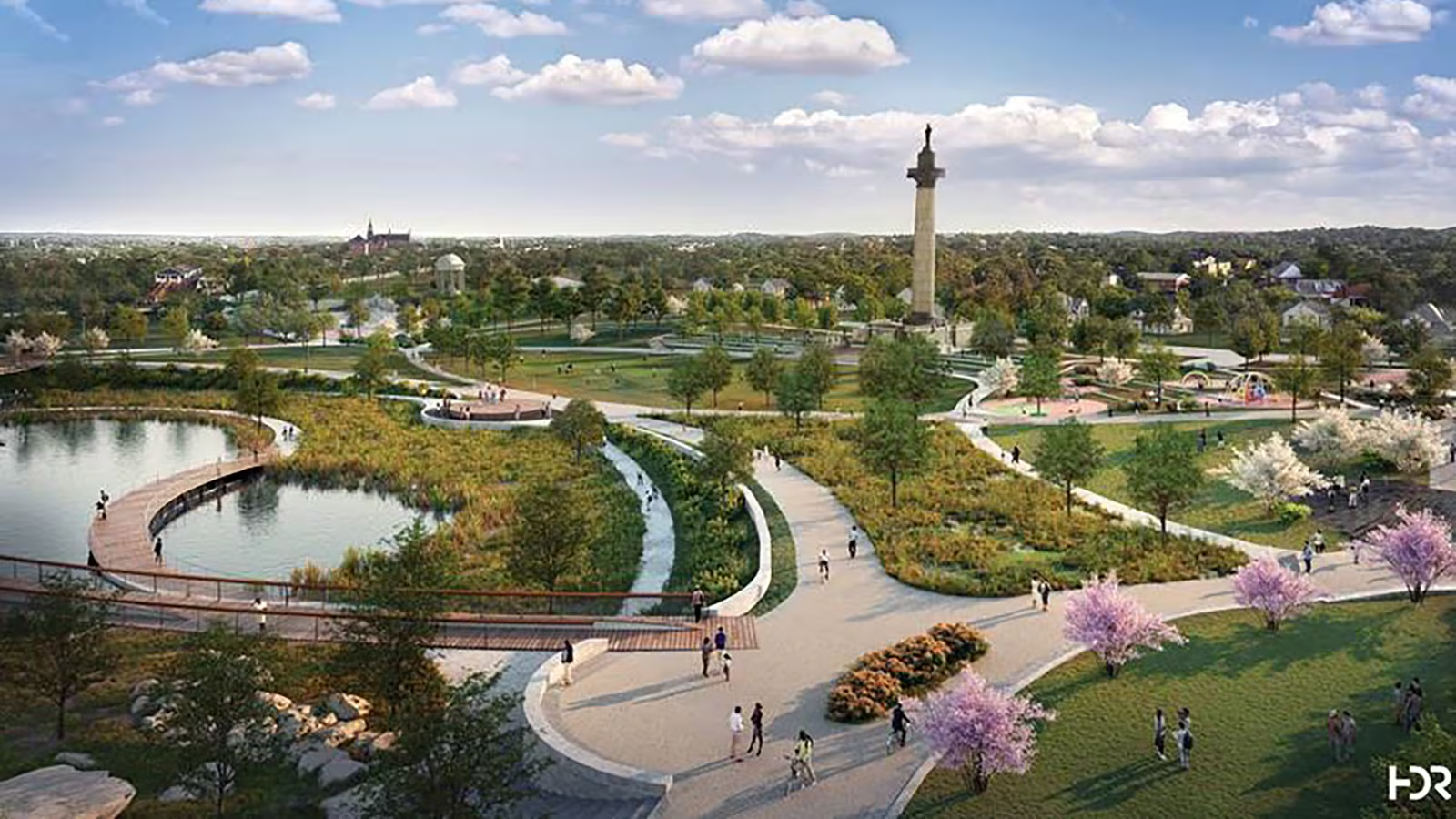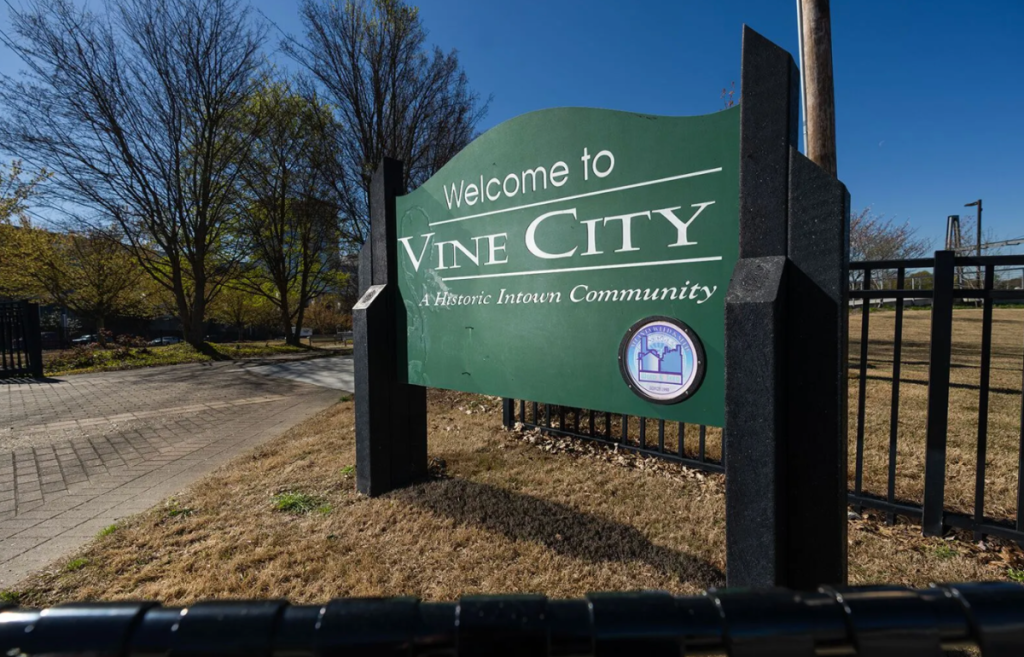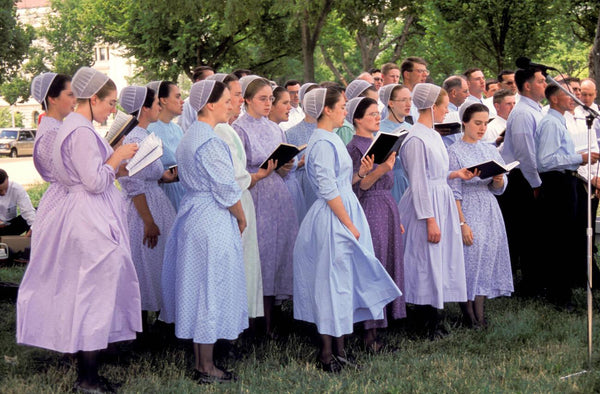Now Reading: Vine City: A Deep Dive into Atlanta’s Historic Neighborhood
-
01
Vine City: A Deep Dive into Atlanta’s Historic Neighborhood
Vine City: A Deep Dive into Atlanta’s Historic Neighborhood

Welcome to Vine City, a neighborhood brimming with history, resilience, and a powerful story of community. Nestled just west of Downtown Atlanta, this area is much more than just a collection of streets and buildings; it’s a living monument to the Civil Rights Movement and a beacon of ongoing transformation. Whether you’re a history buff, a student of urban development, or simply curious about Atlanta’s diverse communities, exploring Vine City offers a unique and insightful experience. We’ll walk you through its past, present, and the exciting future that lies ahead for this significant Atlanta neighborhood.
Key Takeaways
- Historic Significance: Vine City was a central hub for the Civil Rights Movement and the home of Dr. Martin Luther King Jr. and his family.
- Community and Culture: The neighborhood is characterized by a strong sense of community, with deep roots and a rich cultural heritage.
- Strategic Location: Its proximity to Downtown Atlanta, major venues like Mercedes-Benz Stadium, and educational institutions makes it a key area for the city’s growth.
- Ongoing Revitalization: Vine City is undergoing significant revitalization efforts focused on improving infrastructure, housing, and economic opportunities for its residents.
- Future Outlook: The future of Vine City is bright, with projects aimed at creating a sustainable, equitable, and vibrant community for generations to come.
The Rich History of Vine City
To truly understand Vine City, you have to look back at its origins. The area was developed in the early 20th century and quickly became a prominent neighborhood for Atlanta’s African American community. It was a place where families could build homes, establish businesses, and create a tight-knit social fabric during a time of segregation. The neighborhood’s name itself is believed to have come from the many flowering vines that grew along the fences and porches, a symbol of the natural beauty and growth that characterized the community.
This was not just a residential area; it was a hub of cultural and political activity. The streets of Vine City were walked by some of the most influential figures in American history. This historical weight is still palpable today, reminding residents and visitors alike of the neighborhood’s foundational role in the fight for equality and justice. Its story is one of perseverance and strength, providing a crucial context for the developments happening today.
The Epicenter of the Civil Rights Movement
The importance of Vine City skyrocketed during the 1960s when it became a nerve center for the Civil Rights Movement. This was no accident. In 1965, Dr. Martin Luther King Jr. and his family made the deliberate choice to move into a modest apartment in the neighborhood. This move was a powerful statement, demonstrating his commitment to living among the people he fought for and highlighting the poor living conditions many African Americans faced. His presence transformed Vine City into a meeting ground for activists, leaders, and organizers who were planning marches, boycotts, and strategies that would change the nation.
Living in Vine City gave Dr. King a firsthand perspective on the systemic issues of poverty and inequality. The neighborhood became a symbol of the struggle, and its residents were active participants in the movement. This legacy of activism and social justice is a core part of the neighborhood’s identity.
Remembering Dr. Martin Luther King Jr.’s Home
Dr. King’s former home on Sunset Avenue is a touchstone of American history. Though a private residence for many years, its significance was never forgotten. The home stands as a humble, yet powerful, reminder of a man who changed the world. It was from this house that he commuted to the Southern Christian Leadership Conference (SCLC) headquarters and from which he led monumental efforts for civil rights.
Today, the home and the surrounding area are part of the broader effort to preserve the legacy of the Civil Rights Movement in Atlanta. Walking down these streets, you can almost feel the echoes of the past. Discussions about preserving such historical sites are ongoing, similar to global conversations about heritage covered by resources like Forbes Planet. The preservation of Dr. King’s home ensures that the story of Vine City and its role in history will be told for generations.
Exploring Vine City Today
Fast forward to today, and you’ll find a neighborhood in the midst of a dynamic transformation. Modern Vine City is a blend of the old and the new. Historic homes stand alongside new developments, and longtime residents mix with new faces. The community is working hard to navigate the challenges of gentrification while embracing the opportunities that come with revitalization.
The neighborhood’s prime location is a major factor in its current evolution. Being just a stone’s throw from Downtown Atlanta, the Georgia World Congress Center, and major sporting arenas has brought a new wave of attention and investment. The key is to manage this growth in a way that honors the neighborhood’s history and benefits the people who have called it home for decades.
Landmarks and Points of Interest
While exploring Vine City, you will encounter several key landmarks that tell its story.
- Rodney Cook Sr. Park: This 16-acre park is a centerpiece of the neighborhood’s revitalization. It’s more than just a green space; it’s an innovative solution to historical flooding issues and a beautiful gathering place for the community. The park features a large pond, a playground, and statues honoring civil rights leaders.
- The King Residence: The former home of Dr. Martin Luther King Jr. on Sunset Avenue remains the most significant historical site in the area.
- Historic Churches: The neighborhood is home to several historic churches that were pillars of the community during the Civil Rights era and continue to be vital institutions today.
These sites offer visitors a chance to connect with the powerful history of Vine City and see the fruits of modern investment.
A Closer Look at Rodney Cook Sr. Park
Rodney Cook Sr. Park is a shining example of thoughtful urban planning. For years, Vine City suffered from severe flooding during heavy rains. This park was designed as a dual-purpose space: a beautiful recreational area and a sophisticated piece of green infrastructure. The central pond can hold up to 10 million gallons of stormwater, alleviating flooding in the surrounding streets. This project not only solved a critical infrastructure problem but also provided residents with a world-class park, improving quality of life and creating a new community hub.
The Community and Its People
The heart and soul of Vine City have always been its people. The community is known for its resilience, its pride, and its deep-rooted connections. Many families have lived in the neighborhood for generations, creating a strong sense of belonging and shared history. This powerful community bond is evident in the active neighborhood associations and local initiatives aimed at improving the area.
As new residents move in, the community is focused on fostering an inclusive environment where the history of Vine City is respected and celebrated. The goal is to build a mixed-income, diverse neighborhood where everyone has the opportunity to thrive. This commitment to community is what makes Vinece City a truly special place.
The Revitalization of Vine City
The revitalization of Vine City is a complex and multi-faceted effort. It involves significant investment from public, private, and philanthropic partners, all working towards a common goal: creating a healthy, sustainable, and equitable community. These efforts are guided by the community’s own vision for its future, developed through extensive engagement with residents.
The focus is not just on building new things, but on building up the community from within. This means supporting local businesses, providing job training, improving access to quality education and healthcare, and ensuring that longtime residents can afford to stay in their homes. The revitalization is about restoring hope and opportunity in a neighborhood that has faced decades of disinvestment.
Key Investment and Development Projects
Several major projects are shaping the future of Vine City. The construction of the nearby Mercedes-Benz Stadium brought a wave of attention and resources to the area. The Arthur M. Blank Family Foundation, for example, has invested millions in the Westside, including Vine City, funding projects related to workforce development, education, and health.
Housing is another major focus. Efforts are underway to renovate existing homes and build new, affordable housing options. These initiatives aim to prevent displacement and ensure that residents of all income levels can share in the neighborhood’s success. Infrastructure improvements, like the creation of Rodney Cook Sr. Park and the enhancement of local streets, are also critical components of the revitalization.
Housing and Affordability Initiatives
One of the biggest challenges in a revitalizing neighborhood is ensuring housing remains affordable. In Vine City, various organizations are tackling this head-on. Programs have been established to help senior homeowners with repairs so they can safely age in place. Additionally, new mixed-income housing developments are being built to offer high-quality, affordable rental options. The goal is to create a stable, economically diverse community where the benefits of investment are shared by all.
|
Initiative Type |
Primary Goal |
Example |
|---|---|---|
|
Homeowner Support |
Help longtime residents remain in their homes. |
Home repair grants, property tax relief. |
|
New Construction |
Increase the supply of affordable housing units. |
Mixed-income apartment complexes. |
|
Land Trusts |
Ensure long-term affordability. |
Acquiring land for community-controlled housing. |
The Future of Vine City

The future of Vine City looks promising. With continued investment and a strong community vision, the neighborhood is on a path to becoming a model for equitable urban development. The focus is on creating a vibrant, walkable, and connected community where residents have access to everything they need to lead healthy and prosperous lives.
This future is being built on the foundation of its incredible history. The legacy of the Civil Rights Movement continues to inspire the work being done today, ensuring that the principles of justice and equality remain at the forefront. The story of Vine City is one of transformation, showing how a community can honor its past while building a brighter future.
Education and Youth Opportunities
A key part of building a strong future for Vine City is investing in its youth. Efforts are underway to improve local schools and expand access to high-quality early childhood education. After-school programs and mentorship opportunities are being created to support students and prepare them for college and careers. By investing in the next generation, the community is ensuring that the legacy of Vine City will be carried forward by strong, capable leaders.
Economic Empowerment
Economic development is another critical piece of the puzzle. The goal is to create a thriving local economy that provides jobs and opportunities for residents. This includes supporting local entrepreneurs, attracting new businesses to the neighborhood, and providing workforce training programs that align with the demands of Atlanta’s growing economy. Empowering residents economically is essential for the long-term health and stability of the Vine City community.
Conclusion
Vine City is far more than just another Atlanta neighborhood. It is a place of profound historical importance, a community of incredible resilience, and a case study in thoughtful, community-driven revitalization. From its central role in the Civil Rights Movement to the innovative projects shaping its future, Vine City tells a powerful story of struggle and triumph. As the neighborhood continues to evolve, it holds onto its rich heritage, striving to build a future that is as equitable and inspiring as its past. It stands as a testament to the power of community and a beacon of hope for urban areas across the nation.
Frequently Asked Questions (FAQ)
Q: Where is Vine City located?
A: Vine City is a neighborhood located immediately west of Downtown Atlanta, Georgia. It is bordered by other historic neighborhoods and is close to major city landmarks.
Q: Why is Vine City historically significant?
A: Vine City is historically significant primarily because it was a central hub of the Civil Rights Movement in the 1960s. Dr. Martin Luther King Jr. and his family lived there, making it a critical location for planning and organizing.
Q: Is it safe to visit Vine City?
A: Like many urban neighborhoods undergoing revitalization, Vine City has seen significant improvements in public safety. The addition of new parks, increased police presence, and community initiatives have made the area safer for residents and visitors. As with any city, it’s always wise to be aware of your surroundings.
Q: What is there to do in Vine City?
A: Visitors can explore landmarks like Rodney Cook Sr. Park, see the exterior of Dr. King’s former residence on Sunset Avenue, and appreciate the historic architecture. Its proximity to Downtown Atlanta also means you are just minutes away from attractions like Mercedes-Benz Stadium, Centennial Olympic Park, and the Georgia Aquarium.
Q: How is the community addressing gentrification?
A: Community leaders and partner organizations in Vine City are actively working to combat displacement through various strategies. These include programs for homeowner assistance, the development of new affordable housing, and ensuring residents have a voice in the planning process to guide development equitably.

















